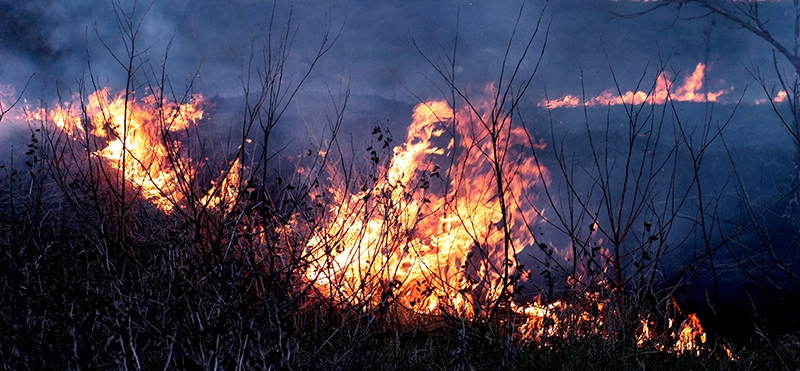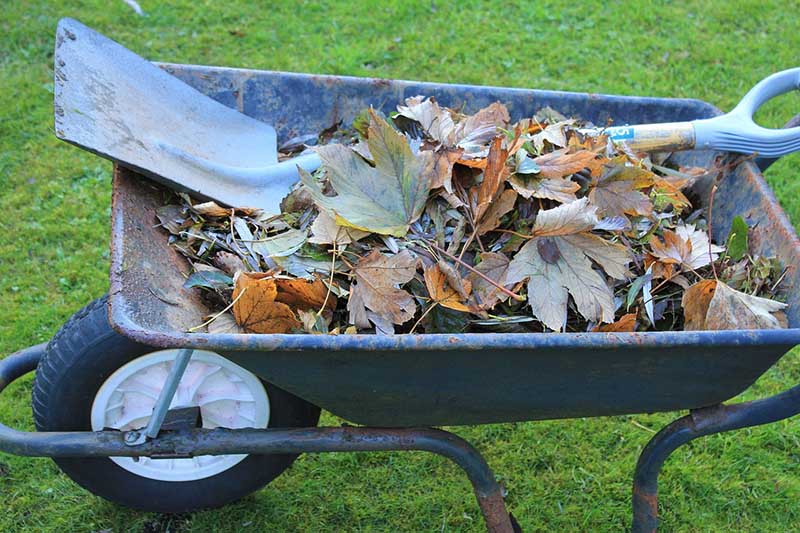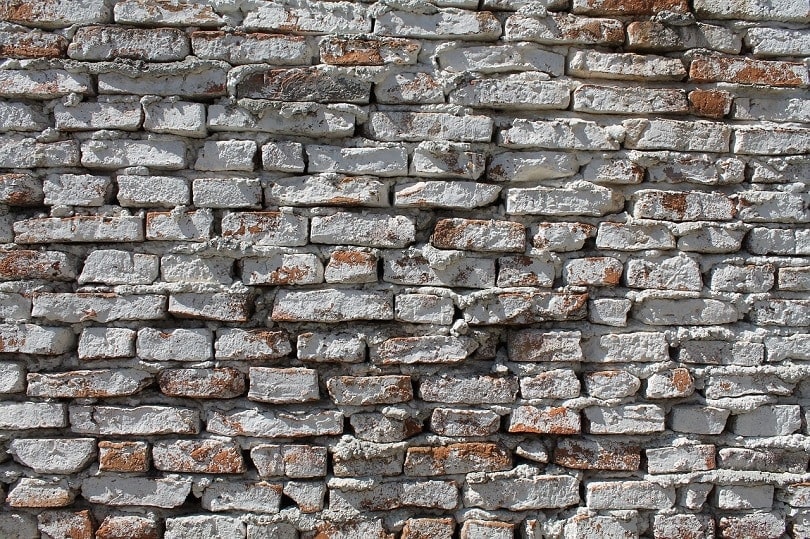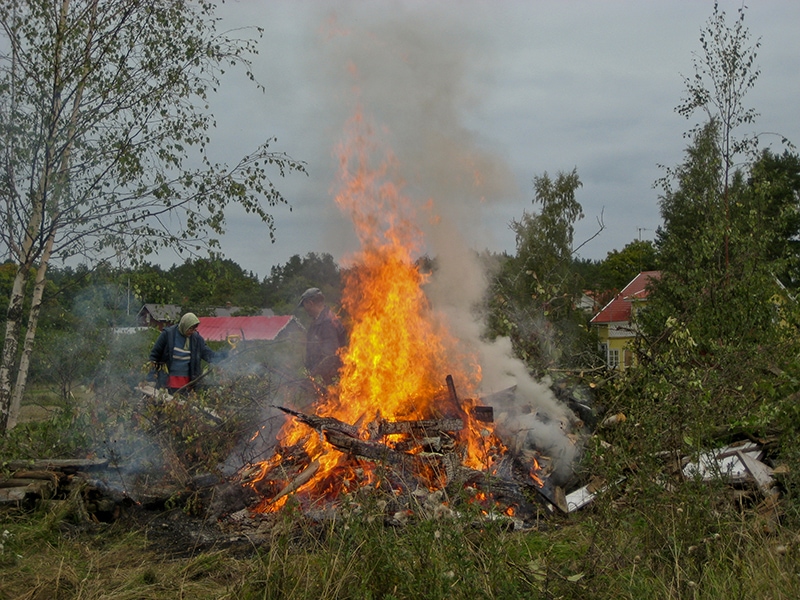How to Prepare Your House for a Wildfire: 3 Crucial Steps
-
Pete Ortiz
- Last updated:

Your house is a lifetime investment that protects you from the elements and outdoor dangers. As a homeowner, you will want to protect your property by keeping it in good condition, fixing what’s broken, redecorating, and renovating it to maintain its aesthetics and value. One part that is, however, forgotten is wildfire proofing.
Wildfire season prevails each year, especially if you live on the west coast, where year-long drought conditions regularly trigger fires that result in home evacuations. These forest fire seasons are becoming extended, more intense, and devastating, leading to significant loss of homes and lives.
In preparing for these fires, you must mitigate issues in advance, so you won’t have to deal with the devastation when the burn approaches your property. In this article, we give a step-by-step guide for preparing your house for a wildfire.
Wildfire Disruption Practices for Outside Your House
Besides your house’s condition, a secure area 200 feet from its foundation, known as the Home Ignition Zone or HIZ, is of primary importance. Small flames and embers are the primary causes of houses igniting during a wildfire, including airborne vegetation and wood that carries in the wind for more than a mile.
HIZs for homes built in pine forests and on a slope will differ slightly from those in open and leveled-out locations.
You’ll need to maintain some fire-combating practices throughout the wildfire season or the entire year if you live in prevalently arid regions.
1. Zone 1: Eliminating Flammables from the Immediate Proximity of Your House

You can minimize the risk of wildfires reaching your home by creating a defensible buffer around its foundation. That includes flammable materials like vegetation and brush up to 100 feet around the building. Maintain this defensible non-combustible space all year long, ensuring it’s not vulnerable to embers and spot fires.
Beginning with the house itself and moving into the landscaped section, do the following:
- Clean dead leaves, pine needles, and debris that could catch fire from gutters and the roof
- Repair or replace any missing or loose shingles and roof tiles so embers can’t penetrate
- Install a 1/8-inch mesh screening on attic vents, balconies, patios, and decks to prevent ember penetration
- Box in or screen areas below decks and patios to prevent the accumulation of combustible debris
- Replace or repair damaged or broken windows and screens
- Move any flammable materials from the exterior walls or under porches and decks, including plants, leaves, mulch, or firewood piles
2. Zone 2: Landscape and Hardscape the Intermediate Zone Around Your Home

Your yard or lawn and the landscaped space surrounding your house can accumulate with plants and items that will combust and cause your home to burn during a wildfire. With careful landscaping, you can create a break zone that decreases combustion and influences fire behavior.
While keeping debris in the intermediate zone to the minimum, steps to improve your home’s resilience to wildfires and reduce risks include:
- Removing any lawn furniture and yard decorations like rattan furniture, deck chairs, trashcans, or potted plants
- Maintain a 3-foot strip around each building down to gravel, sand, or mineral soil as a fuel break
- Clearing vegetation and keeping lawn grass hydrated and mowed to below four inches
- Creating fire fuel breaks with paths, walkways, driveways, decks, and patios
- Spacing trees to a minimum distance of eighteen feet and pruning up to ten feet from the ground or 1/3 of their height to minimize ladder fuels
- Limiting trees and shrubs from the vicinity of the house and in small clusters to break up fire continuity
- Moving construction materials, woodpiles, and trash at least 30 feet away from the house and outbuildings
3. Zone 3: Keeping Flames Smaller and on the Ground in the Extended Zone Around Your Home

After eliminating combustible material in the area closest to your house, move your efforts further from 30 to 100 feet to interrupt a wildfire’s path. The next zone has a lot of trees and vegetation, and you’ll repeat the tree spacing and pruning we’ve pointed out for zone 2.
Your wildfire spread mitigation for the extended area will involve the following:
- Disposing of heavy ground accumulation of leaves, litter, and debris
- Building a stone, masonry, or brick wall that’s free of vegetation as a fire break
- Removing dead trees and plant material
- Cutting down small scrub and conifers that grow between trees
- Disposal of vegetation that’s adjacent to outbuildings, sheds, and storage structures within this zone
- Spacing and pruning trees 60 to 100 feet from the house and ensuring canopies are 6 to 12 feet apart
- Opting for high moisture, nonflammable vegetation for a green fence
Why Is It Essential to Prepare Your Home for a Wildfire?
One in three homeowners has built their homes near woodland or forest, in remote mountain sites and rural areas. But while you’ll enjoy the natural beauty of the environment, your house faces the ever-present danger of wildfires.
Each year across the country, many homes don’t survive a wildfire. Those that do are due to the proactive preparedness for the eventuality of a fire. In fire-prone areas, these occurrences are inescapable, especially in the southwest and on the west and Pacific coasts.
But if it’s predictable, then it’s preventable, and you must take steps to reduce the risk of property damage and the lives of people in your household. As such, prepare your house for a wildfire taking the steps of elimination, evaluation, and evacuation.
How Do You Mitigate Wildfire Risk Inside Your Home?
You can employ methods that prepare your home to withstand ember attacks, minimizing the likelihood of surface fires or flames coming into contact with the house or its attachments. Start inside your house and ensure all conditions are set in readiness for a wildfire and any subsequent evacuation.
If a wildfire ravages the forest near your home, prepare an action plan, emergency supplies, and an evacuation kit. Ensure you’re familiar with your community’s emergency response plan, which includes the best routes to take during an evacuation.
Talk with your family members and encourage firefighting skills and drills such as keeping flammables within the house to a minimum or using extinguishers. Precautions against wildfires inside the house include having a toolkit and supplies ready for when a wildfire occurs.
Fire mitigation for inside your home includes:
- Shutting all doors and windows but leaving them unlocked
- Closing metal shutters and removing flammable curtains and window shades
- Moving flammable furniture away from windows and doors to the center of the room
- Turning off air conditioning and shutting off gas from the tank or meter if using a supply utility line
- Leaving your lights on so that firefighters can see your house in smoky conditions
In your fire preparedness toolkit, include a garden hose that’s long enough for all areas of your house and outbuildings. Have ladders that can reach any upstairs windows if you live in a storied home and plan an evacuation route for each room.
Preparing to Protect Your Household During a Wildfire
Your preparedness plan for protecting your home from a wildfire must include actions when a fire is burning beyond your property. While it’s advisable to evacuate immediately after a fire warning is given, you can ensure that there’s a house to come back to once the flames die down.
Without approaching the threatened area, gather your fire-fuel removal tools such as rakes, saws, ax, shovels, and buckets. Spray extra water on vegetation or grass in zones one and two.
Steps to protect your home before or after evacuation include:
- Closing all doors and windows, shutters, nonflammable blinds, and pet entrances within the house to prevent drafts
- Opening your fireplace damper but leaving the screen closed
- Shutting off natural gas, fuel oil, or propane supply sources
- If your taps are still running, connect a garden hose and fill any pools, garbage cans, hot tubs, and other large containers
- Placing lawn sprinklers on your roof, near above-ground fuel tanks, and leaving them on to dowse these structures
- Disconnecting any powered garage door openers so they can be opened manually
Conclusion
Preparedness is essential if your house is to survive a wildfire, and you can institute a regime of fire risk mitigation that keeps your property ready when this disaster approaches. You must continually monitor your property’s firefighting situation and engage with a support system of family or community members.
If you feel threatened during a wildfire, don’t wait for evacuation orders to leave. Also, check on your neighbors to ensure everyone is safe or has left the area. Always locate your pets, keeping them and other domestic animals ready for transportation to safe locations when a fire starts.
- How Long Should I Wait Before Evacuating My Home during a Wildfire?
- Items to Keep Handy In Your Fire Preparedness Toolkit for the Event of a Wildfire
- Should I Attempt to Fight a Wildfire outside My Home before Help Arrives?
- How Often Should I Have My Home Inspected for Wildfire Preparedness?
- Considerations to Make In Your Landscaping If You Live In a Wildfire-Prone Area
Featured Image Credit: Jumpstory
Contents



